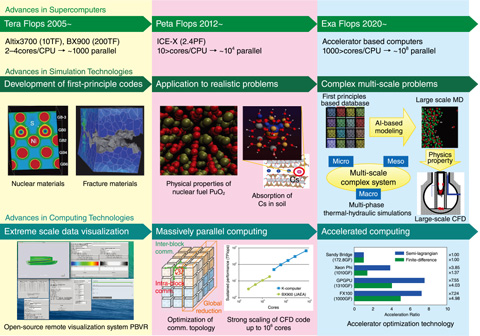
Fig.9-1 Computational science research at the Center for Computational Science and e-Systems
Simulation techniques for analyzing complex phenomena comprising various physics effects are essential for resolving issues created by the accident at the TEPCO’s Fukushima Daiichi NPS (1F), such as the environmental dynamics of radioactive substances, the volume reduction of polluted soil, and the study of severe accidents. They are also required for the research and development (R&D) of future nuclear systems. Severe-accident analyses require macroscale thermal-hydraulic simulations of the melt–relocation behavior of nuclear fuels and structural materials as well as state-of-the-art multi-scale and multi-physics simulation technologies. These technologies enable the AI-based integration of mesoscale simulations used for evaluating complicated interface formations caused by the mixing of molten debris and fracture events such as crack growth and microscale atomic/molecular simulations to estimate the diffusion, chemical reactions, and phase transitions occuring in extreme environments at high temperatures and pressures. In addition to these simulation technologies, computational technologies that support high-performance computing on exascale machines, such as the supercomputer Fugaku, are required.
Simulation techniques including atomic/molecular simulations and fluid simulations, which are the basis for analyzing complex phenomena, and computational technologies such as numerical algorithms and visualization systems have been developed. Efforts to further improve these techniques and develop new simulation and computational technologies to enable exascale simulations of complex phenomena are ongoing, as summarized in Fig.9-1. Such simulation techniques for complex phenomena will become a foundation for future nuclear R&D.
In FY2019, as a computer-science contribution to the reconstruction and revitalization of Fukushima Prefecture, the concentration of radioactive cesium on mushrooms was addressed via quantum chemical calculations (Topic 1-13), and the amount of radioactive cesium released in the port of 1F was estimated via detailed computational fluid dynamics (CFD) simulations (Topic 1-14). In this chapter, some recent developments in micro and mesoscale simulations needed for the analysis of complex phenomena are reviewed. This includes the development of a thermal hydraulic model for the lattice Boltzmann method, which enables multi-scale thermal-hydraulic simulations of the reactor container in 1F (Topic 9-1), a design study of a superconducting neutron microscope system via the particle and heavy ion transport code system (PHITS; Topic 9-2), and the clarification of the mechanism behind the plastic deformation of iron via atomic simulations (Topic 9-3). On the exascale computing front, a communication-avoiding matrix solver was developed, which enables extreme-scale multi-phase CFD simulations using accelerator (GPU)-based supercomputers (Topic 9-4).
We steadily promote research of simulation and computational techniques, which are a common foundation for nuclear R&D, and provide them to the community.